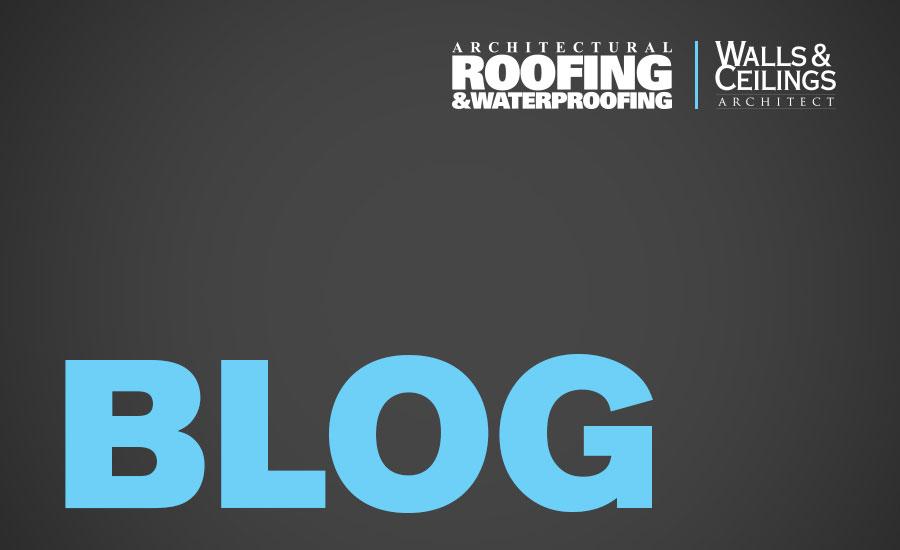Technical Details: Adding SPF to Walls Can Provide Energy Efficiency

Sprayed Polyurethane Foam (SPF) is usually associated with roofs and specialty industrial applications. Most designers may not be aware that this product has a long and successful track record in building enclosures. The success of these applications is attributed to the added energy efficiency that these types of applications can provide.
In contrast to conventional board insulations, SPF can be applied in the tight and hard-to-reach areas that are typically prevalent in interior spaces. For example, full application can be achieved at stud walls with a significant amount of conduit running through it or at ceilings of mechanical rooms. The full bond of the material throughout the entire interior area eliminates air gaps and voids that can contribute to thermal loss.
Polyurethane foam provides a high R-value — 2.5 inches has a rating of R-17 — and is as much as 40 percent higher than other insulating materials. The product has excellent adhesion capabilities and can be successfully applied over all types of substrates, including gypsum, plywood, masonry block and even glass.
In addition to adding to the buildings energy efficiency, SPF provides an excellent air barrier that meets the latest code requirements and serves as a vapor barrier for the prevention of mold growth.
This is an example of an exterior product that has found arguably greater success as an interior energy-efficient product. Designers should consider the use of these materials for this purpose.
